Two severe vulnerabilities (CVE-2024–9138, CVE-2024–9140) in Moxa routers risk privilege escalation and command execution.


Two severe vulnerabilities (CVE-2024–9138, CVE-2024–9140) in Moxa routers risk privilege escalation and command execution.

Outdated BIOS firmware in Illumina iSeq 100 allows attackers to disable devices or install malware, threatening critical genetic research and vaccine.
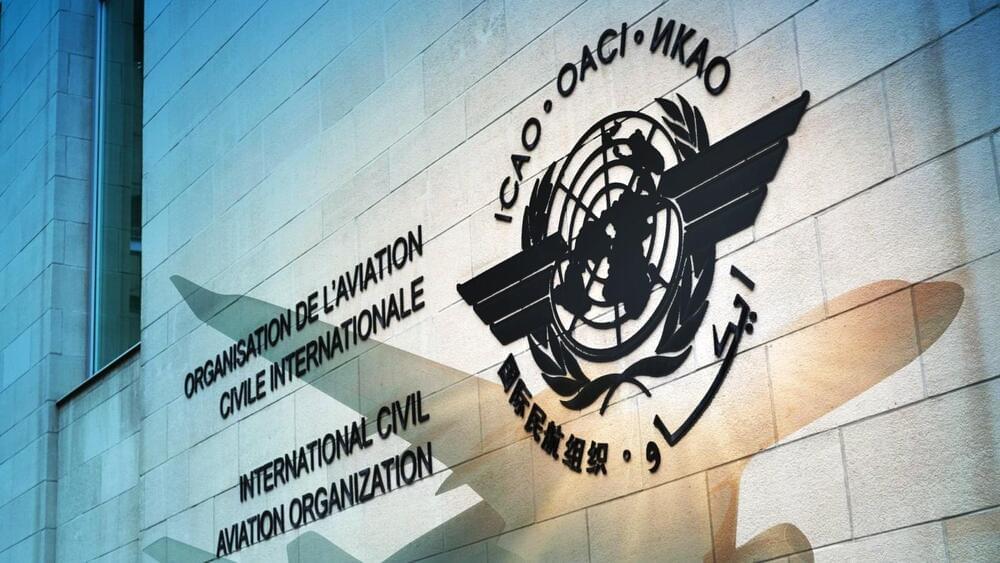
On Monday, the United Nations’ International Civil Aviation Organization (ICAO) announced it was investigating what it described as a “reported security incident.”
Established in 1944 as an intergovernmental organization, this United Nations agency works with 193 countries to support the development of mutually recognized technical standards.
“ICAO is actively investigating reports of a potential information security incident allegedly linked to a threat actor known for targeting international organizations,” ICAO said in a statement.

A recent campaign targeting browser extensions illustrates that they are the next frontier in identity attacks. Learn more about these attacks from LayerX Security and how to receive a free extension audit.
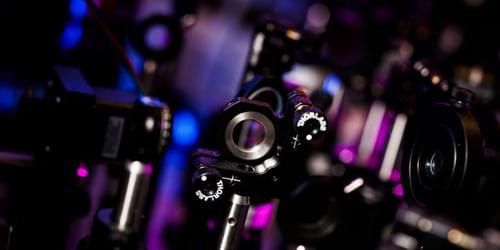
Researchers show they can magnetize an antiferromagnet using terahertz light, switching the state on a million times faster than is possible for other magnetic states.
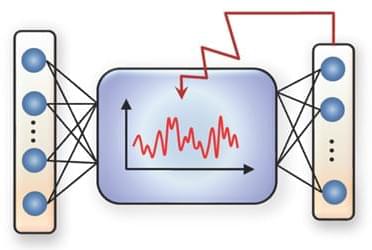
A new training technique could increase the number of physical systems that could serve as AI platforms.

Simulations of neutron stars provide new bounds on their properties, such as their internal pressure and their maximum mass.
Studying neutron stars is tricky. The nearest one is about 400 light-years away, so sending a probe would likely take half a million years with current space-faring technology. Telescopes don’t reveal much detail from our vantage point, since neutron stars are only the size of a small city and thus appear as mere points in the sky. And no laboratory on Earth can reproduce the inside of neutron stars, because their density is too great, being several times that of atomic nuclei. That high density also poses a problem for theory, as the equations for neutron-star matter cannot be solved with standard computational techniques. But these difficulties have not stopped efforts to understand these mysterious objects. Using a combination of theory-based methods and computer simulations, Ryan Abbott from MIT and colleagues have obtained new, rigorous constraints for the properties of the interior of neutron stars [1].
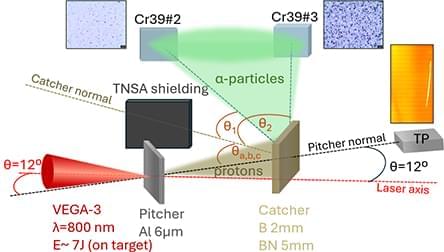
The majority of studies on laser-driven proton–boron nuclear reaction is based on the measurement of α-particles with solid-state nuclear tracks detector (Cr39). However, Cr39’s interpretation is difficult due to the presence of several other accelerated particles which can bias the analysis. Furthermore, in some laser irradiation geometries, cross-checking measurements are almost impossible. In this case, numerical simulations can play a very important role in supporting the experimental analysis. In our work, we exploited different laser irradiation schemes (pitcher–catcher and direct irradiation) during the same experimental campaign, and we performed numerical analysis, allowing to obtain conclusive results on laser-driven proton–boron reactions. A direct comparison of the two laser irradiation schemes, using the same laser parameters is presented.
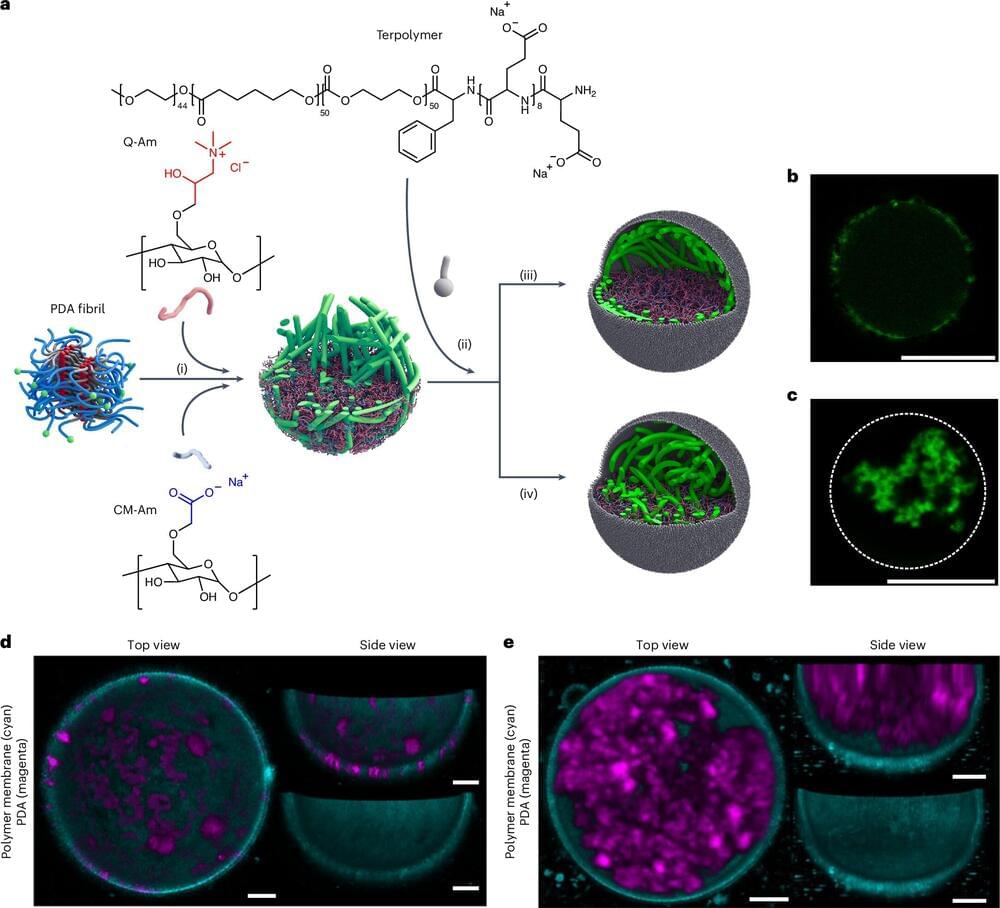
Just like your body has a skeleton, every cell in your body has a skeleton—a cytoskeleton to be precise. This provides cells with mechanical resilience, as well as assisting with cell division. To understand how real cells work, e.g. for drug and disease research, researchers create artificial cells in the laboratory.
However, many artificial cells to date cannot be used to study how cells respond to forces as they don’t have a cytoskeleton. TU/e researchers have designed a polymer-based network for artificial cells that mimics a real cytoskeleton, thus making it possible to study with greater accuracy in artificial cells how cells respond to forces.
The research is published in the journal Nature Chemistry.

Artificial General Intelligence is on its way in 2025. What does this mean for schools and the education system?